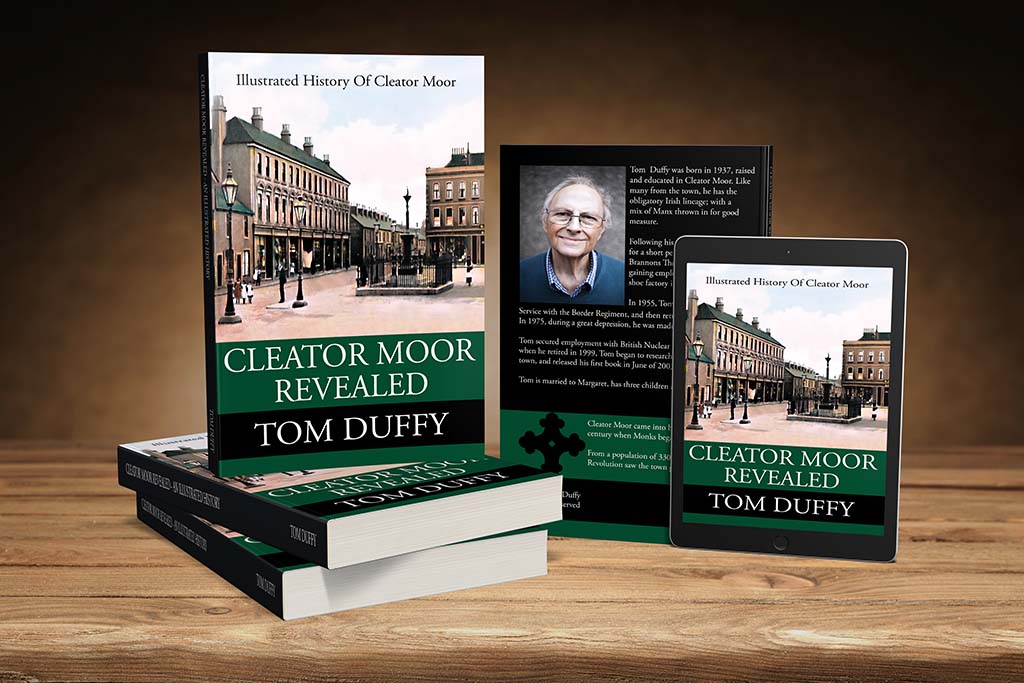Hardie first stood for parliament in 1888 as an independent, and later that year helped form the Scottish Labour Party. Hardie won the English seat of West Ham South as an independent candidate in 1892, and helped to form the Independent Labour Party (ILP) the following year. He lost his seat in 1895, but was re-elected to parliament in 1900 for Merthyr Tydfil in South Wales. In the same year he helped to form the union-based Labour Representation Committee, which was later renamed the Labour Party.
After the 1906 election, Hardie was chosen as the Labour Party's first parliamentary leader. He resigned in 1908 in favour of Arthur Henderson, and spent his remaining years campaigning for specific causes, such as women's suffrage, self-rule for India, and opposition to World War I. He died in 1915 while attempting to organise a pacifist general strike. Hardie is seen as a key figure in the history of the Labour Party and has been the subject of multiple biographies. He was called "Labour's greatest pioneer and its greatest hero".
Keir Hardie Avenue and surrounding streets have an early post-war suburban housing estate character. However, many houses have been demolished in recent years, leaving vacant plots and gaps in the streetscene. The estate is now subject to redevelopment as part of Home Group’s estate regeneration strategy, nearly 100 years after the housing estate was first established.





